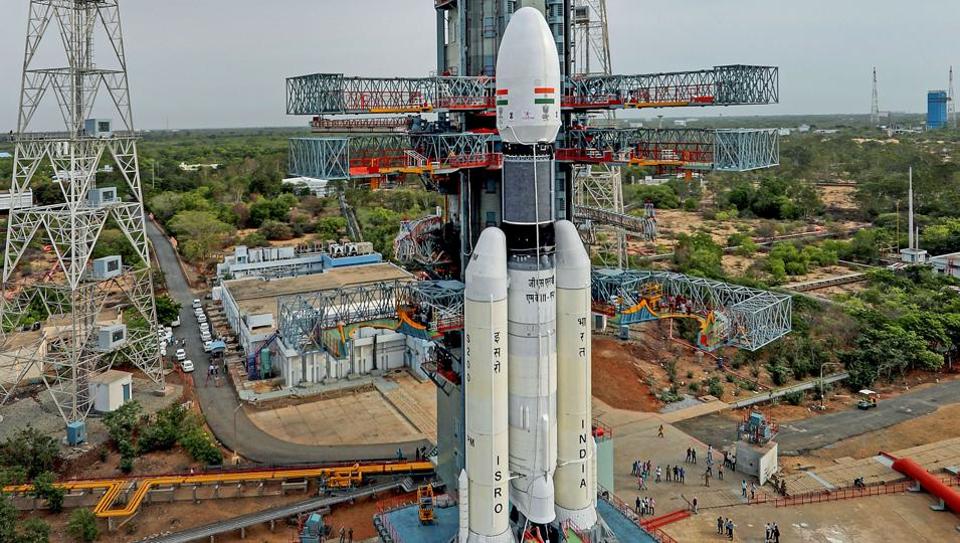No products in the cart.
Why India failed to launch Chandrayaan-2 yesterday? Here’s full explanation
Chandrayaan-2 is India’s second lunar exploration mission after the massive success of Chandrayaan-1. This significant mission is developed by the Indian Space Research Organisation (ISRO), aimed to be launched to the Moon by a Geosynchronous Satellite Launch Vehicle Mark III. The set-up includes a lunar orbiter, lander and rover which are all developed domestically.
Just as when the netizens are eagerly looking forward to India’s second moon mission with India being only the fourth country to launch a mission that would land on the moon and the very first country to land on and explore its south pole region, Chandrayaan-2, was called off from launch just 56 minutes before its scheduled liftoff on July 15 because of a technical glitch in the GSLV Mark-III rocket launcher. As of now, no rescheduled date has been announced for the launch.

Usually, rocket launches tend to have a thrilling finish. Even the GSLV-D1, the slighter predecessor to the GSLV Mark-III, ran through a massive setback when it was about to be launched for its first developmental test flight in the year 2001.
Unfortunately, the mission was called off exactly one second before the launch, would you believe it? It was found that one of the four liquid propellant strap-on stages had not developed the required thrust and this is why the launch was called off. This test flight was then conducted just after 21 days, thereby paving the way for multiple successful launches of the GSLV rocket subsequently.
The current launch window comes to a close on July 16 and if this window is missed, there could be a possible indefinite delay in rescheduling the launch. It means that checking and correcting the error could take over 10 days. This has led to a serious announcement of an indefinite postponement of the significant mission.
The ‘launch window’ is calculated by several factors. One of the most significant considerations is that any spot on the moon surface receives sunlight for approximately 14 (earth) days before falling in night for another 14 days.
The landing has to be timed so much so that it maximises the overlap with the sunlit days on that spot itself. The main reason being that the lander and the rover need the help of solar energy so as to power them and to maintain the instruments in warm condition.
That being the case here, given a perfect landing spot that can be seen from the earth itself, the landing date has to be in tune with the sixth phase of the moon (first quarter) as seen from the earth, on that spot.
The other thing is that if once placed on the moon orbit, Chandrayaan-2 must have complete visibility to the ground station, which will find out the time of operation of the landing. According to the scientists’ calculation, from the date of launch to the date of landing, the planned interval is about 54 days.
Much of this time is required for the Chandrayaan-2 mission to make several orbital manoeuvres and operations, but there is certainly scope for initiative of one day or two to take some decisions.
A window that takes all this into account, is available for 10 minutes each day now for a week. It can be found each month. Other tighter windows are also available but they are high-risk options. So even though Chandrayaan-2 misses its meeting or assignment with the moon this July, it will find a date, maybe even next month, that will be fitting.












